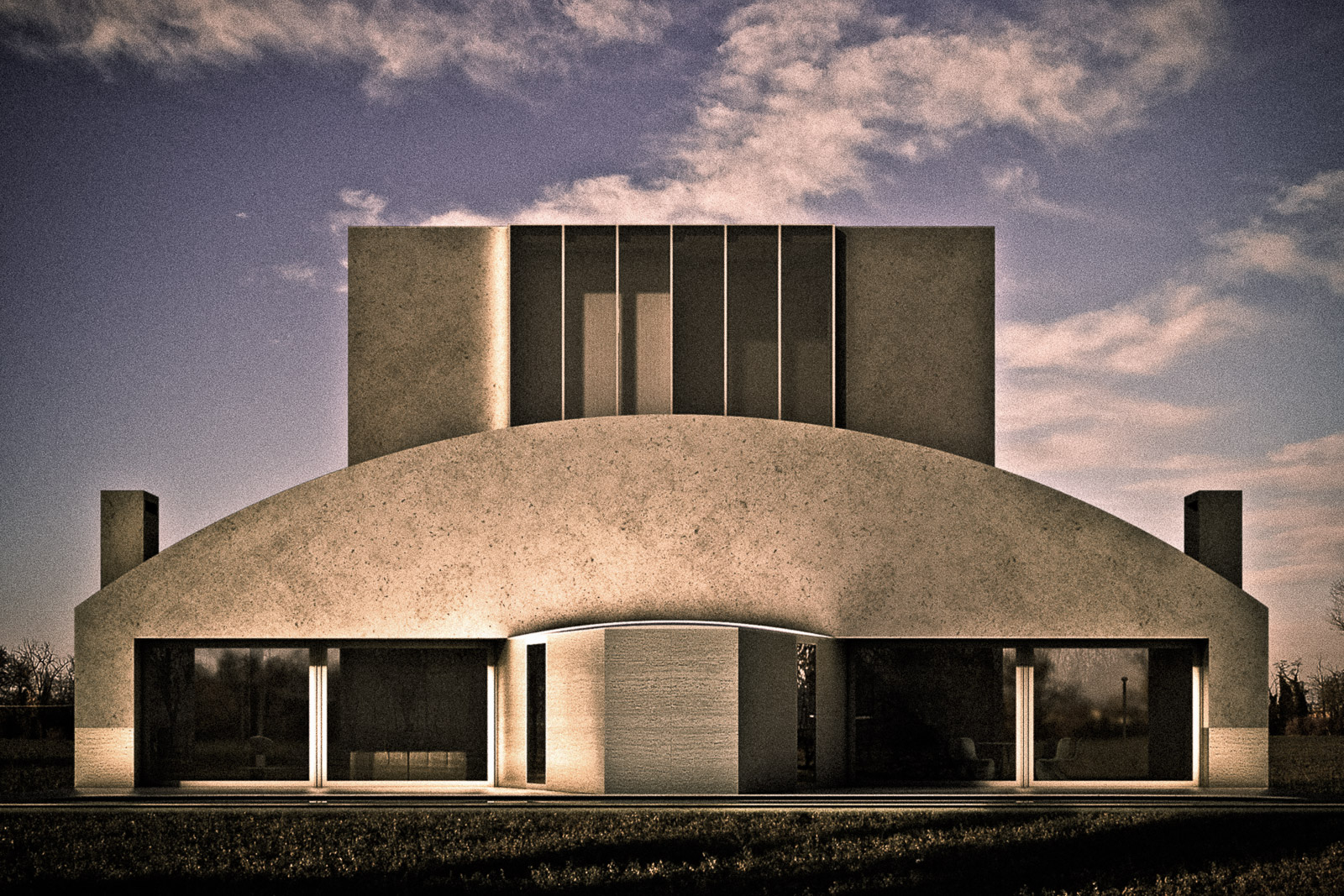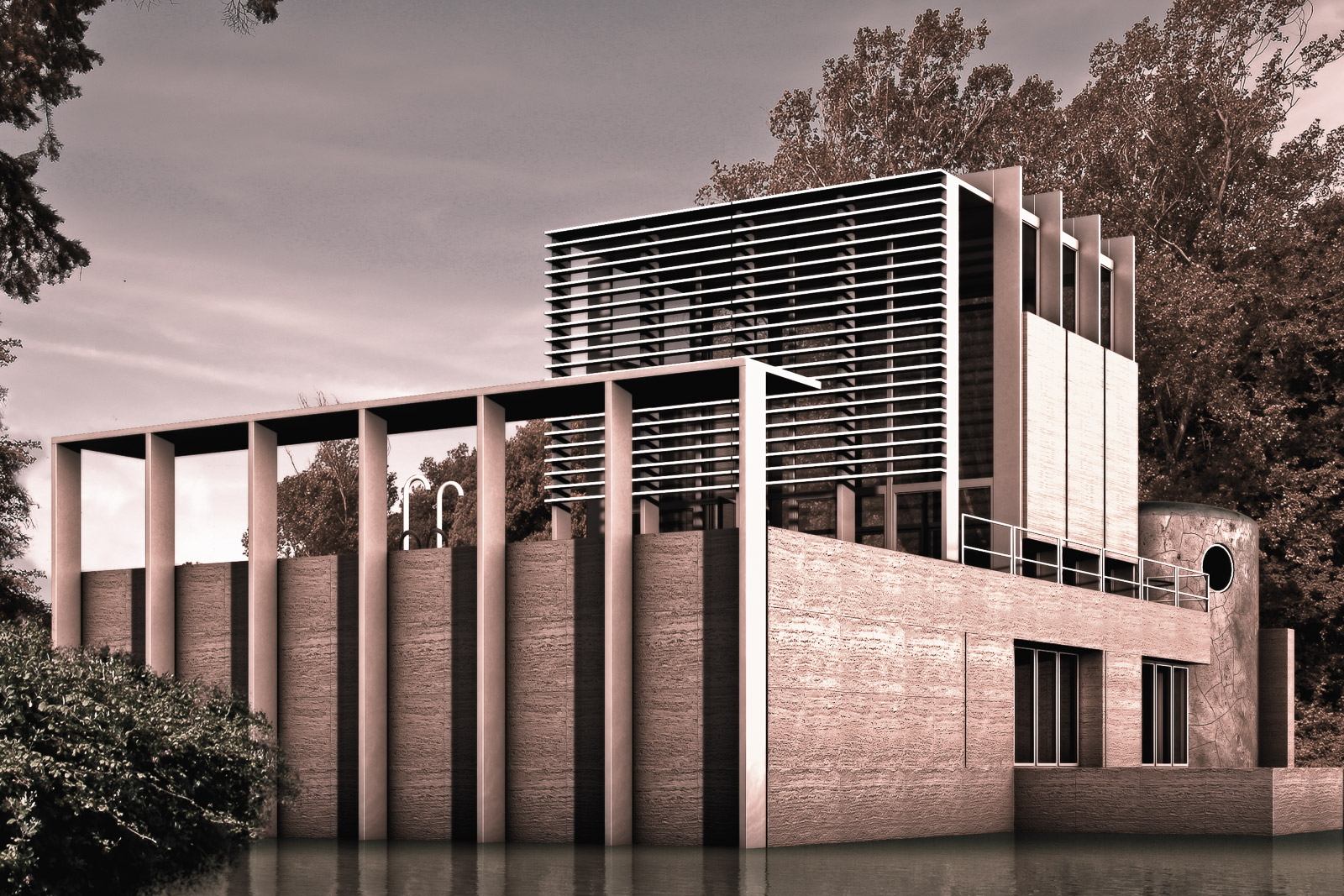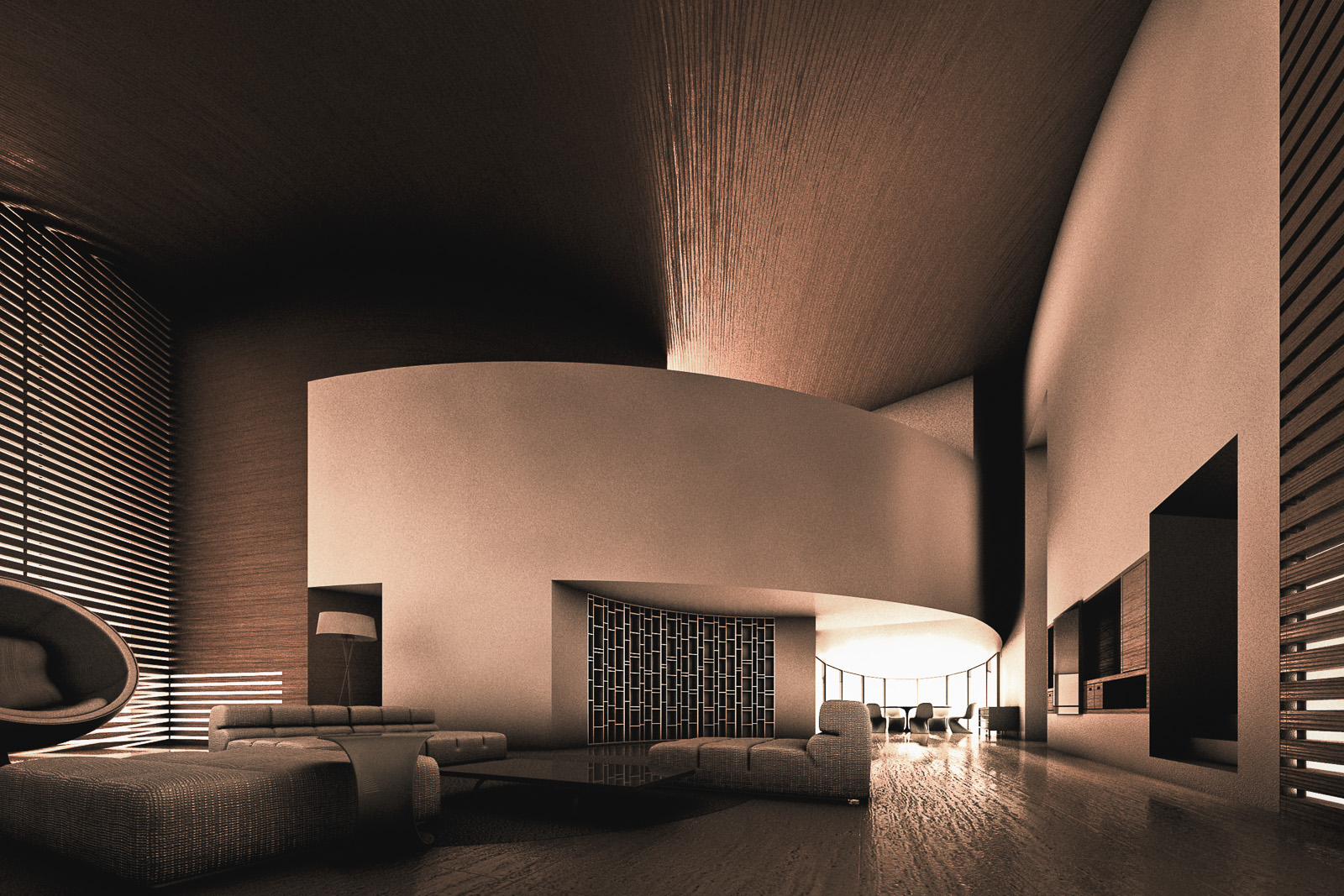
Review
Ridhi Kale
At some point, architecture is like poetry: both require you to wander through space to appreciate it. So, if Homer had his Iliad and Odyssey, Rome based architect Antonino Cardillo has the homes he builds across the globe, interpreting his clients’ “most hidden and irrational wishes.” How else do you explain a house inspired by the flamenco, another by a boat, the moon or an eclipse? “For me, architecture is not just a cut and dried process that’s limited to designing a layout according to the client’s brief.” says Cardillo, who is feted the world over for his unusual and original approach to construction.
It has to be a completely personal experience for me. Which is why I like to get the look and feel of the location for myself. I begin by gathering various kinds of information. From the history and geography of the site to the music, cinema and literature of the region, every small thing about the area is of interest to me”, he says, and goes on to explain his behaviour. “The creative process is a holistic one, where seemingly incongruous elements find unforeseen connections and synthesis.
This architect does not believe in using over-the-top materials; instead he builds his homes from travertine (a terrestrial sedimentary rock), concrete and wood. “These traditional materials are derived from the architecture of the ancient Romans”, says Cardillo, adding, “Often in contemporary design, the lack of thoughtful architecture and innovation is cleverly camouflaged by the use of stunning materials.”
Here’s a look at three projects-in Italy, France and Spain-that best showcase Cardillo’s design philosophy.
Vaulted House
This 3,982 sq ft property in Parma, Italy, was born out of Cardillo’s trip to Marrakesh, Morocco, where he was fascinated by the 19th century Bahia Palace. The layout of the palace was rectangular with twin fireplaces at the shorter ends. “I reinterpreted this in the Vaulted House. But as a bit of a quirk, I added an incongruous element—a big barrel vault, inspired by the architecture of the late Roman empire”, he says. The three zones of working, living and resting are represented in sequence along an axis by juxtaposed edifices whose shapes are recognisable from outside—a trapezoidal polyhedron, a large rectangular hall and a tower articulated on two levels. On the inside, openings and pathways weave a dialogue between the cavities. “I have treated this as a multi-functional space. As of now, it is a home but tomorrow, it could be developed for any other use—a restaurant, exhibition space, congress hall. I feel that each construction should have the ability to adapt and evolve in order to stay in tune with the times”, says Cardillo.

Antonino Cardillo, Vaulted House, Parma, 2008.
Max’s House
From the way it seems to float on a lake, you could easily mistake this structure for an avant garde ship. That’s because this house, set on the wooded banks of a little lake in the countryside of Nimes, in the south of France, takes its inspiration from a luxury liner. As in a ship, the double-decker edifice has its sleeping areas on the lower level and the recreational and public areas on the higher deck. A holiday home for the owner, who likes to bring over friends and family as often as he can, the upper deck comprises a large, light-filled living room. Floor to ceiling glass windows help take in the stunning view while louvred screens shut out the strong midday sun. Outside, to the south, the teakwood patio extends till the edge of the swimming pool. To the north is a textile parabola, stretched between the two edges of the building, shading the outdoor dining area. Clearly, this is a pad where the party never ends.

Antonino Cardillo, Max’s House, Nimes, 2008.
House of Convexities
When a composer with an interest in Mediterranean music approached Cardillo to build his house near Barcelona, Spain, the architect took it on as a challenge. Cardillo found his inspiration for the house on the roads of Havana, the extraordinary city “where the energy of the people creates magic.” There he came under the spell of the flamenco. When he built the house, he tried to capture the movement of this energetic dance form in the play of light and shadow in the 3,875 sq ft, two-level home, which he calls the House of Convexities. True to its inspiration, the house has elegant twists and turns that create an impression of perpetual motion. The light inside keeps changing as the shifting sun filters in through the window’s blades. And each inner space, be it the curve of the walls, the arc of the roof, or the straight lines of the windows, comes alive when the light streams in. Reflecting the client’s interests, the house has a very urban Mediterranean sensibility. This can be seen in the way Cardillo has treated the bedrooms. The main bedroom takes the shape of a deformed spiral (an integral feature of Mediterranean architecture) that is visually connected to the living space below. The other bedroom is more conventional in layout and is more suitable for guests or a child. “The most important thing is that the spaces aren’t built following a rigid division of functions but, rather, follow a logic of shapes and spaces”, explains Cardillo.

Antonino Cardillo, House of Convexities, Barcelona, 2008.